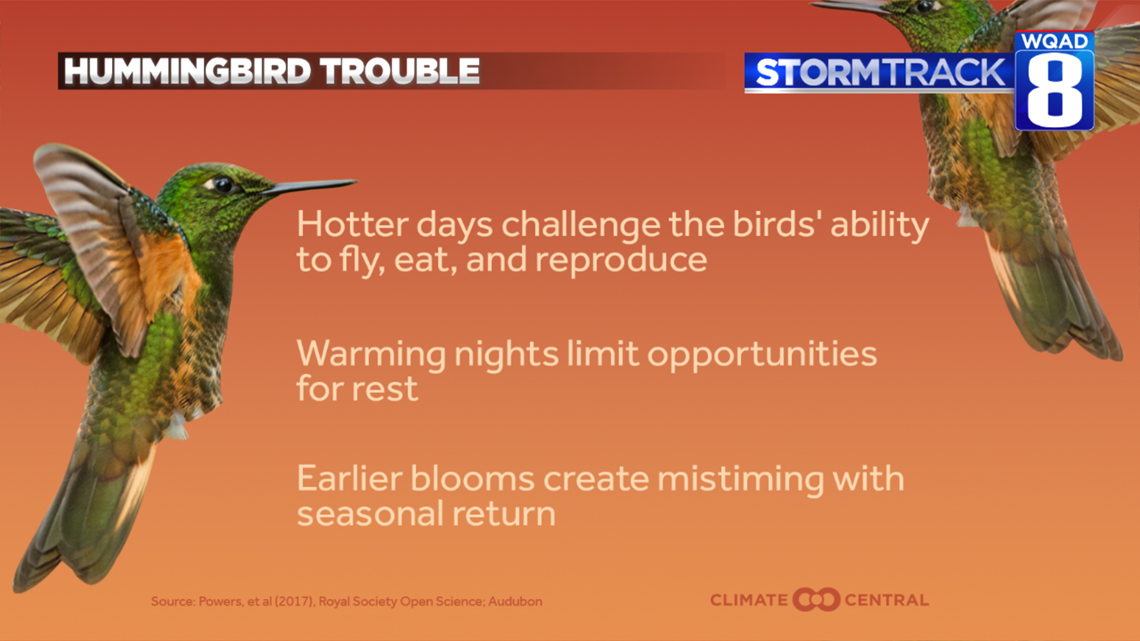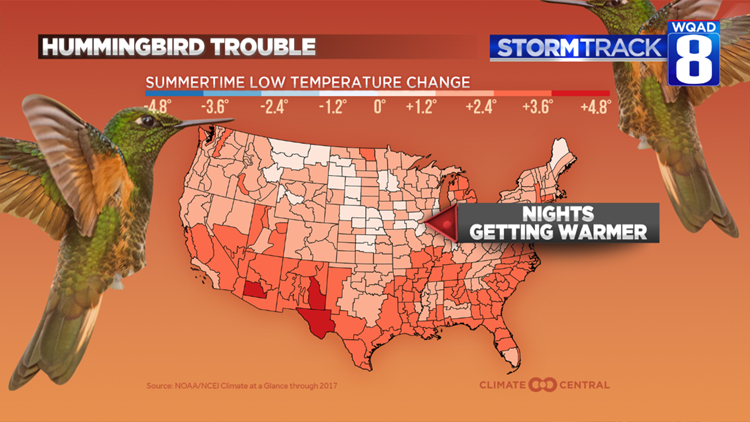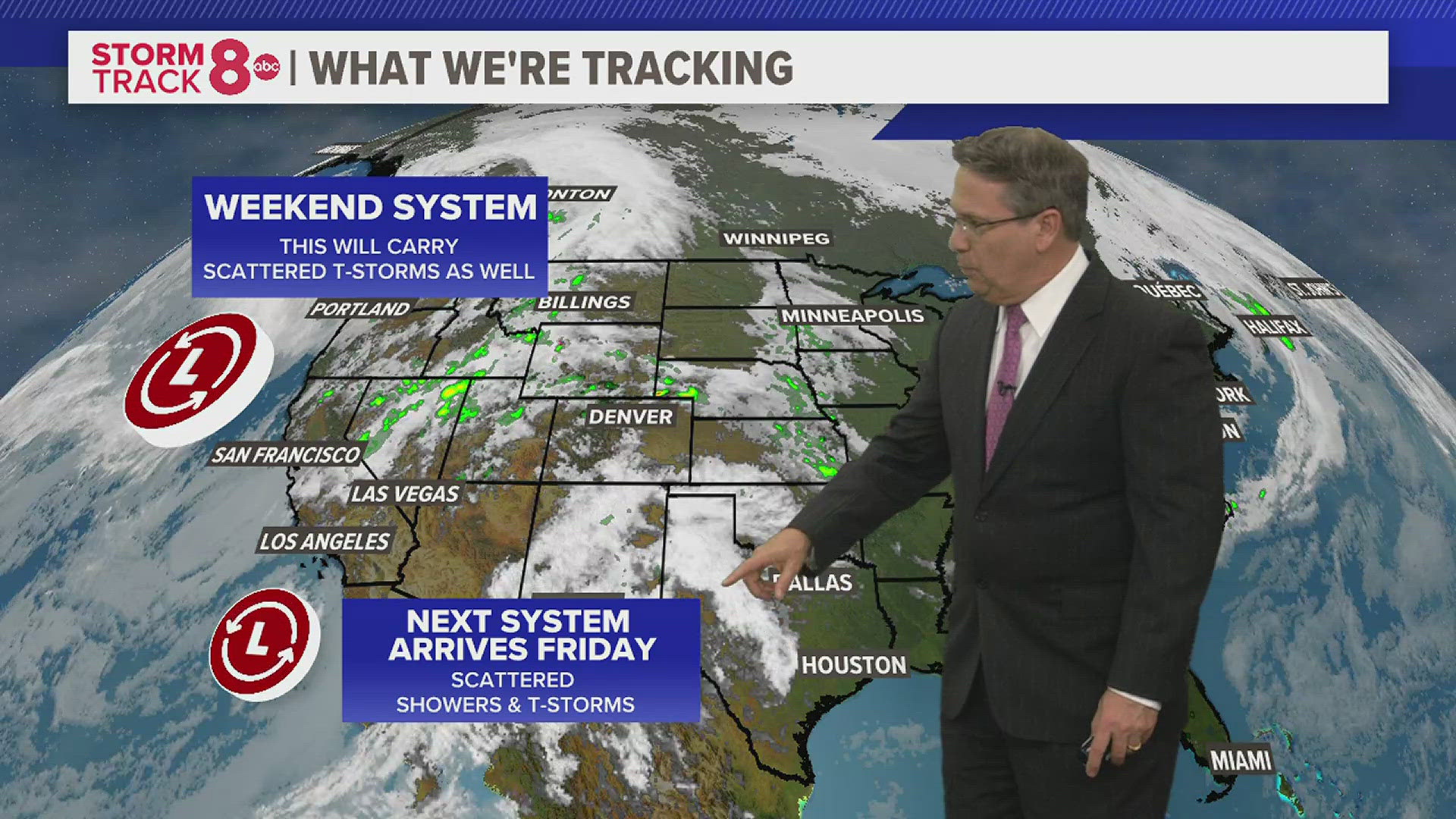Happy Mother’s Day! This special holiday marks the beginning of planting season in many locations in the U.S., and the holiday is often celebrated with the gift of flowers. But as the world continues to warm from climate change, an important pollinator of flowers and other plants is at risk — hummingbirds.
As the second largest family of birds in the world with more than 300 distinct species, these small birds pollinate numerous types of flowers. They are most attracted to red, yellow, and orange blooms like petunias and zinnias. However, as the world warms from the increasing greenhouse gases in the atmosphere, the warming temperatures make it harder for these birds to eat, rest, and even reproduce.




Rather than search for food in the increasingly hotter summers, some hummingbirds simply seek shade to remain cool. They are also less social during the hotter weather, suggesting they are not as likely to mate. The hotter days are not the only problem for these birds — warm nights can also be problematic. Hummingbirds go into a slower state at night called torpor, when their body temperatures can drop by more than half, so warming nights will limit how much energy they can save.
Suitable habitats for hummingbirds are also starting to shrink as the climate changes. Spring blooms are occurring earlier in the year, affecting the timing between blooming plants and hummingbirds’ return from their tropical winter retreat. This can leave the flowering blooms without their necessary pollinators, and at the same time birds have less food, which puts both plants and animals at risk. Glacier lilies in the West are one example. Male hummingbirds typically look for seasonal locations to settle before these first flowers bloom, but the time between their first arrival and the first flowering has shrunk by 13 days over the last 40 years, giving the birds less time to prepare a location before food is available. At this pace, two decades from now, the birds will miss the first flowers by the time they return in the spring.
-Meteorologist Eric Sorensen
Statistics and information courtesy of Climate Central. WQAD-TV is proud to be a partner in sharing accurate news of climate change to our audience.



